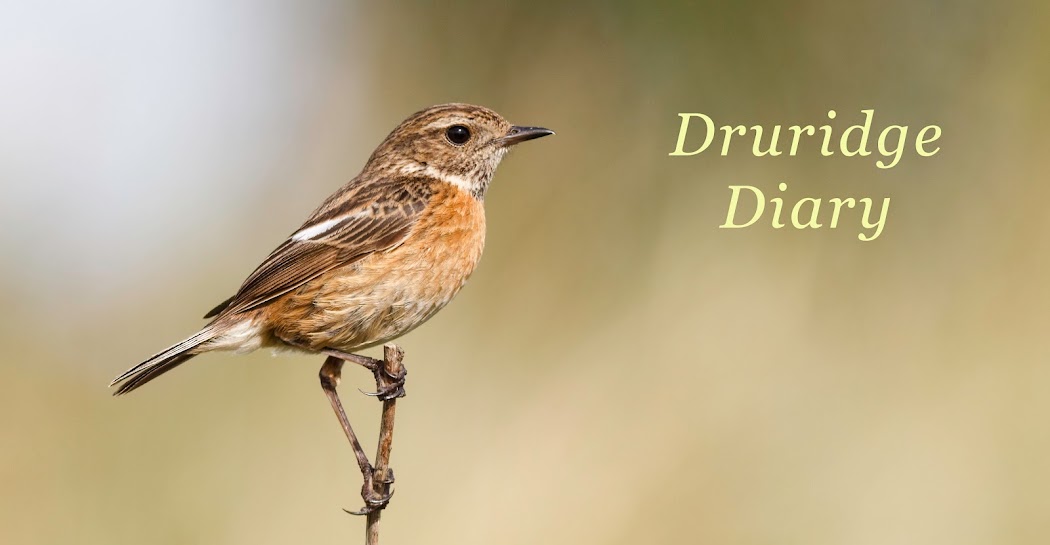I only had a four nets up as I was on my own. Predictably, at this time of year, breeding warblers dominated the catch with only a couple of this years young chiffchaffs. Most of the warblers that breed at Druridge are sub-Saharan migrants and ringing them gives the BTO some good data on adult survival, particularly over-winter. We didn't ring at Druridge last year because of family reasons, but we are catching warblers that we ringed in 2018 and 2017 - for the latter they've crossed the Sahara desert at least six times.
It appears to be a very good year for sedge warblers with plenty of adult birds around, mostly exhibiting signs that they are breeding. I didn't catch any reed warblers last week but caught seven this week - a species that has really colonised Druridge Pools in recent years and now breeds in even the smallest patches of phragmites. I caught a 'control' reed warbler - this means that I caught a bird that had been ringed by someone else in a different location. Controls provide data about migration and dispersal. I will report back when hear back from BTO about where this bird was ringed.
Other than the resident warblers, a real surprise was a female bullfinch. She had a brood patch so is/has bred locally. Bullfinch are very, very scarce in breeders at Druridge (in fact I'm struggling to recall one), they are usually only seen in autumn and winter. As I was packing up I caught an entire family party of blue tits - an adult male and female and four unruly juveniles.
Today's list (not all caught and ringed, this includes other sightings)
I hope to get few more ringing sessions in over the next few weeks to catch juvenile warblers before they disperse.
After some net-ride maintenance yesterday evening, I had a quick seawatch. Other than 55 manx shearwater heading north it was just busy with breeding birds from Coquet Island. The Easterly wind pushed a few fulmars close to the dunes and I managed a couple of photos as they glided effortlessly by.
Two barn owls hunted the dune-backs behind me.
Seawatching list here
 |
| Fulmar |
 |
| Fulmar at close quarters |

No comments:
Post a Comment